The archetype of a pre-existent meaning in the midst of chaotic life — i.e. the archetype of spirit (Geist) — has been morphed, over the course of centuries of human history, from of a separated form of being into an integrated function of human consciousness. We have managed to do that successfully, according to Jung although he also warns that we may have overlooked some of the risks inherent in it.
But precisely how does Jung think such an “integration” might have worked?
(This continues the line of thought from my previous post.)
2. Jung did in fact have a well worked-out view on that question. More specifically, he had a detailed account on how an archetype of the collective unconscious can be integrated into consciousness.
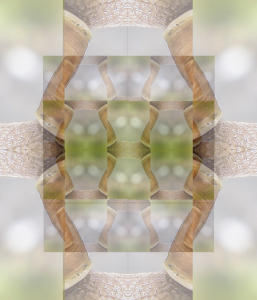
The locus classicus for this account is at the end of the second of the Two Essays (GW VII), titled “The relations between the Ego and the Unconscious”. Let’s start there.
3. All this talk about “integrating archetypes” is somewhat loose. Strictly speaking, archetypes cannot be integrated into consciousness: they make up, after all, the collective unconscious; as long as they are there at all, they are by definition unconscious. It’s the unconscious contents produced by the archetypes, not the archetypes themselves, which get integrated into consciousness.
We might speculate that, for a given type of life situations, and the archetypes that represent the psychological patterns for that type of situation, a kind of total consciousness might be achieved, in which case there would be no unconscious elements at all any more. The archetype would then have vanished as such, and there would be no longer any unconscious behaviors, fantasies, dreams, projections, and so on, in those particular situations. Whether this is actually intelligible or not (Jung often seems to think that there will always be something unconscious in human experience, no matter how well-developed consciousnes becomes), it certainly is not nearly the case for us today — it would be a remote future possibility at best.
For our purposes, then, we can probably safely assume that the archetypes are stable, unchanging patterns outside the evolution of human psychology, which regularly produce unconscious contents.
Insofar it is highly probable that we are still far away from the peak state of absolute consciousness, everyone is still capable of further consciousness. That is why we can assume that unconscious processes still adduce contents to consciousness which, once recognized, will broaden its scope.
Insofern es nun höchst wahrscheinlich ist, daß wir noch ziemlich weit davon entfernt sind, den Gipfel absoluter Bewußtheit erklommen zu haben, so ist jedermann noch einer weiteren Bewußtheit fähig, weshalb man auch annehmen kann, daß die unbewußten Vorgänge immer und überall Inhalte an das Bewußtsein heranführen, die, wenn erkannt, den Umfang des Bewußtseins vergrößern würden.
GW VII, §292.
4. From this quote we can take another clue: the contents of unconscious processes must be recognized in order for consciousness to assimilate them. In other words, a person must figure out (with or without professional help) that some of their dreams, behaviors, fantasies, even their perceptions of other people (i.e. projections) have their source in a particular archetype. (A whole chapter in the second of the Two Essays is thus entitled “The technique of distinguishing between the Ego and the figures of the unconscious”.)
Once they understand that a persistent fantasy or projection really comes from the archetype of the anima, say, the subject can consciously ask what these contents (i.e. the fantasy or projection) “want to tell” them — in other words, the person can realize when and how the anima “talks to him”, and what the archetype’s contents drive at.
One of the consequences of that realization is that the dominating force of the unconscious drives is broken: the person is no longer possessed by the unconscious archetype (i.e. by uncontrollable fantasies, behaviors, projections), but rather gains back some conscious control.
By this procedure the anima loses its daemonic power as an autonomous complex, i.e. it she can no longer exert possession, since she has been depotentiated.
Durch diesen Prozeß verliert die Anima die dämonische Macht des autonomen Komplexes, das heißt sie kann keine Besessenheit mehr ausüben, da sie depotenziert ist.
GW VII, §374.
In the case of projections, i.e. where the archetype previously had taken over perceptions of events in the external world or of other people, these perceptions can now be corrected to some degree (we can see other people for what they really are, instead of projecting the archetypal personality onto them).
But consciousness does not merely gain freedom from compulsory fantasies or perceptions. The person doesn’t get rid of these contents entirely: they can still be accessed. Rather than taking them unreflectively and unsconsciously at face value, however, the subject can now make conscious use of them. They have become a psychological function which is subject to the person’s will.
This, then, is what the “integration of unconscious contents into consciousness” is all about:
[…] overcoming the anima as an autonomous complex and transforming her into a function of the relationship between consciousness and the unconscious. […] a psychological function of an intuitive nature […].
[…] die Überwindung der Anima als eines autonomen Komplexes und ihre Verwandlung in eine Funktion der Beziehung des Bewußten zum Unbewußten […] eine psychologische Funktion intuitiver Natur […].
GW VII, §374.
The contents from the archetype now serve as a kind of social intuition, as when we say “a little birdie has told me that…”, or even “I’ve got a gut-feeling about this…”. (Jung quotes similar sayings.)
And of course, the anima archetype is only an example here: the same goes for other archetypes as well. I have mainly chosen this particular archetype because it is also the one which Jung mostly discusses in the second essay. We have to ask next, however, what this process of integration looks like when applied to the archetype of spirit. After all, that was our starting point: Jung’s idea, in the “Geist” essay, that spirit is an archetype has been integrated, to some extent, into human consciousness, and in that way has become a psychological function.
(Line of thought continues here.)
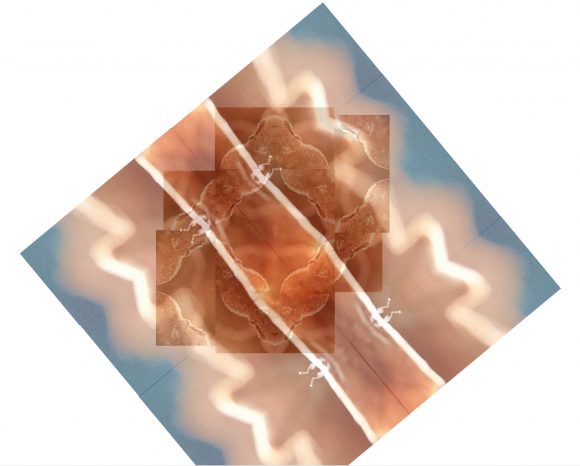
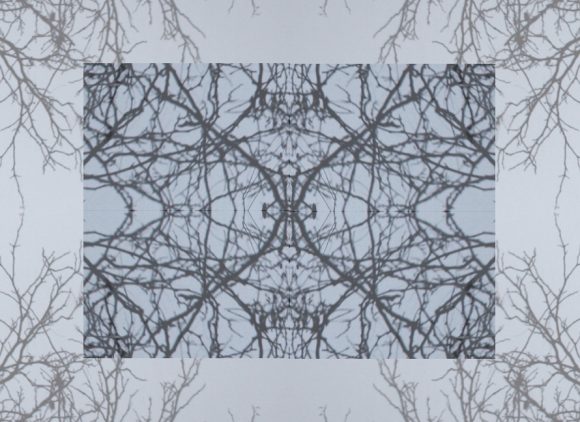
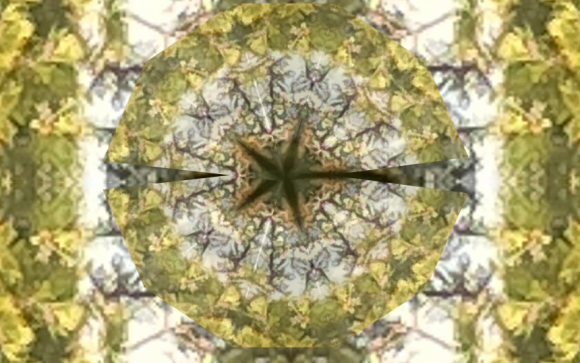
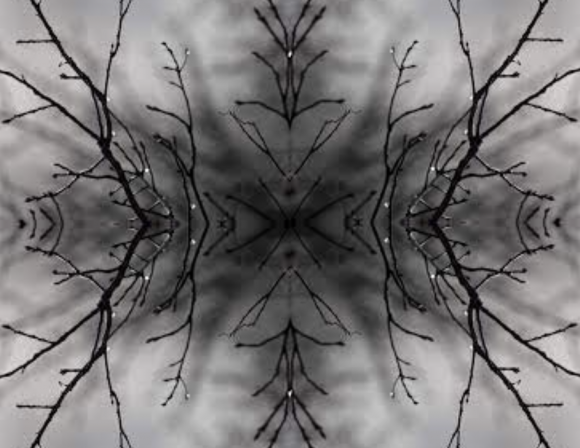
[…] which arrives at the same point, but via an entirely different route. We have looked at the idea of “integrating” archetypal contents into consciousness. This process most likely begins with a person’s realization that they have certain elements in […]
[…] “engage with the anima” is a shorthand phrase for the process we have just discussed: first, recognizing some unconscious elements of one’s psyche as conforming to the archetypal […]
[…] The task now changes from “integrating the shadow” to “withdrawing the projections” and “integrating the anima/animus”. But remember: this is not just another round of the same. We are now dealing with an archetype of […]